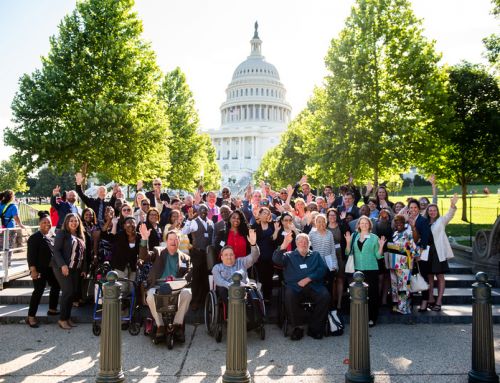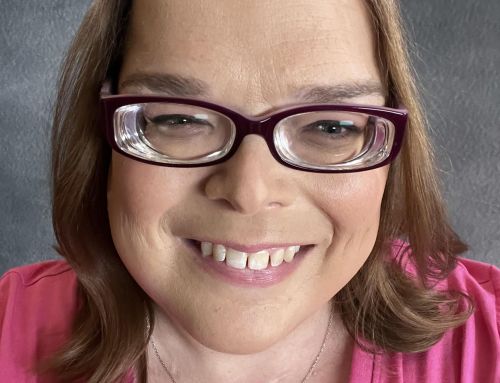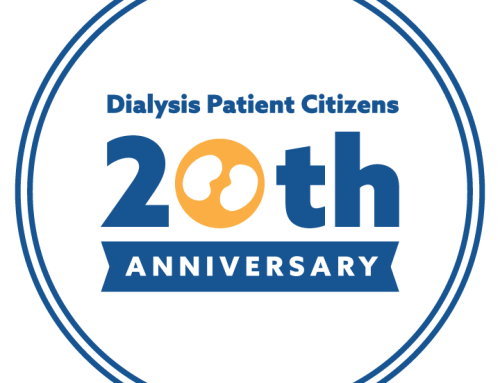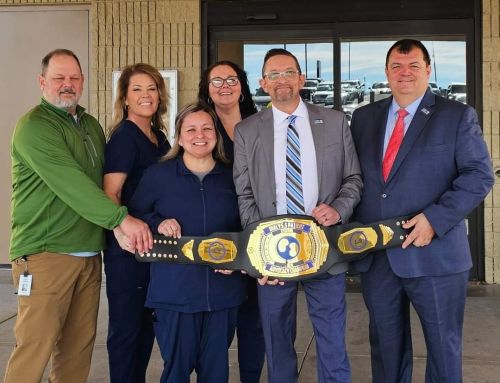One of the main policy goals of Dialysis Patient Citizens is to Improve Access to Care. This tenet includes improving patient access to all dialysis modalities: home hemodialysis, peritoneal dialysis, in-center hemodialysis and transplantation. Through our annual membership survey, we’ve uncovered various barriers for patients who would like to receive home hemodialysis. Many patients are unable to receive treatments in their home because of a lack of a caregiver, which is a requirement to receive treatment. However, DPC has also uncovered that the type of insurance a patient has may affect the likelihood of whether they are informed of home dialysis as an option. These current disparities aside, did previous Medicare payment reforms also affect patient’s choice to use home dialysis? Researchers from Rice University, Stanford University and Baylor college of Medicine suggest the Medicare program’s transition to tiered fee-for-service physician reimbursement in 2004 reduced the use of home dialysis.
In 2004, the Centers for Medicare and Medicaid Services reformed physician payment for in-center hemodialysis care from a capitated payment, to a tiered fee-for-service model. This means instead of receiving a total payment per patient, physicians received payment based on the services rendered. This new payment system, which continues to govern physician in-center hemodialysis reimbursement, means physicians can increase their professional fee revenues by conducting 4 or more visits a month to their patients receiving in-center hemodialysis. While this payment policy was not intended to affect home dialysis, the authors of “Effects of Physician Payment Reform on Provision of Home Dialysis” suggest it may have influenced modality decisions by making in-center hemodialysis more lucrative for some physicians.
The authors conducted analyses comparing patients with traditional Medicare coverage to others who have Medicare Advantage. The patients with traditional Medicare coverage were affected by the payment policy change whereas those enrolled in Medicare Advantage were not. Patients with traditional Medicare coverage experienced a 0.7% reduction in the absolute probability of home dialysis use after the payment reform compared with patients with Medicare Advantage. Additionally, the authors compared patients living in areas with larger dialysis facilities to those in areas with smaller facilities. They assumed large dialysis facilities would provide physicians increased revenues at a lower cost as opposed to those in smaller facilities. The results showed a 0.9% reduction in the average absolute probability of home dialysis use for patients living in areas with larger facilities compared to those in areas with smaller facilities.
Policy makers need to consider any and all unintended consequences of their actions. Dialysis Patient Citizens will continue to advocate for patient choice and access to all modalities.


























